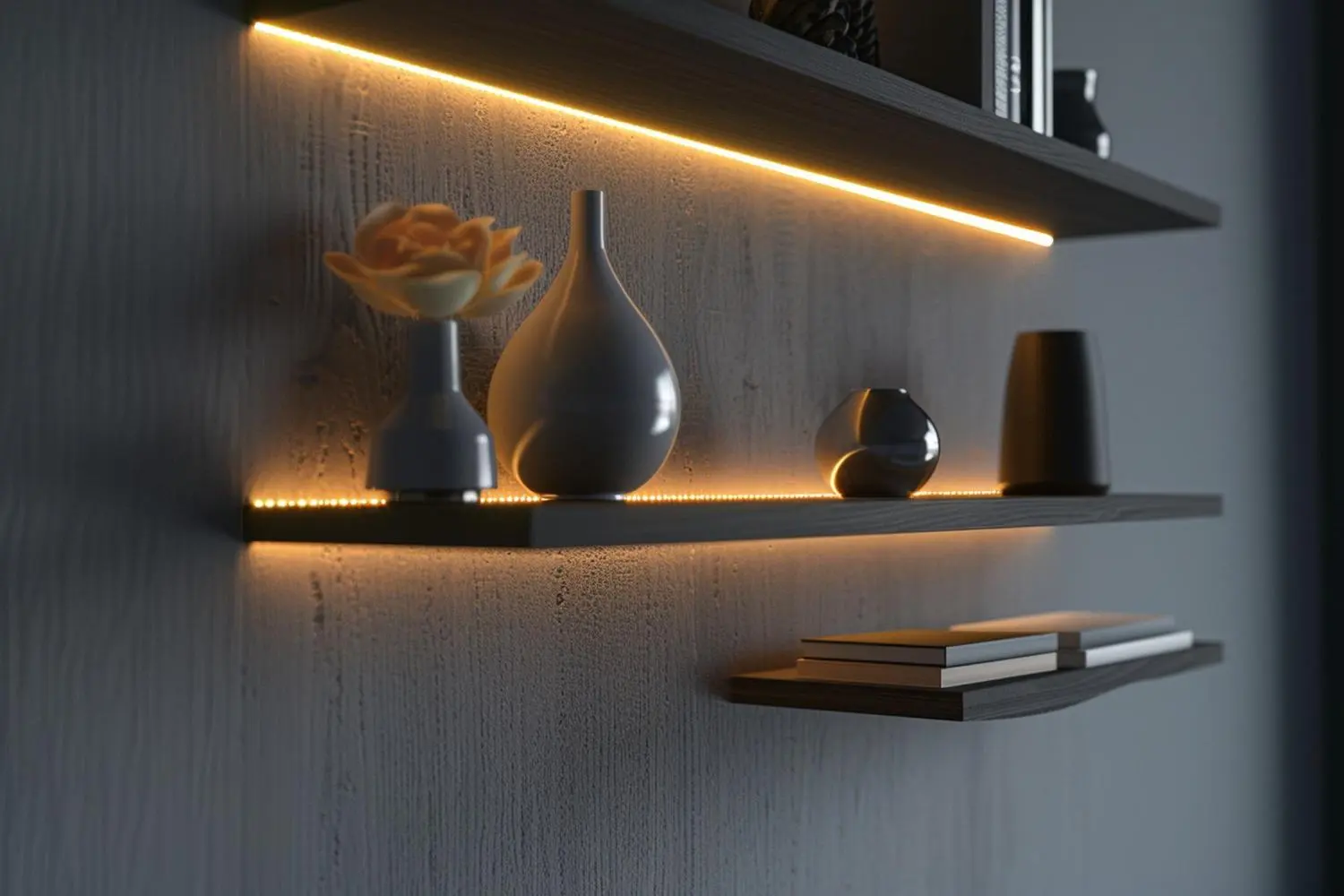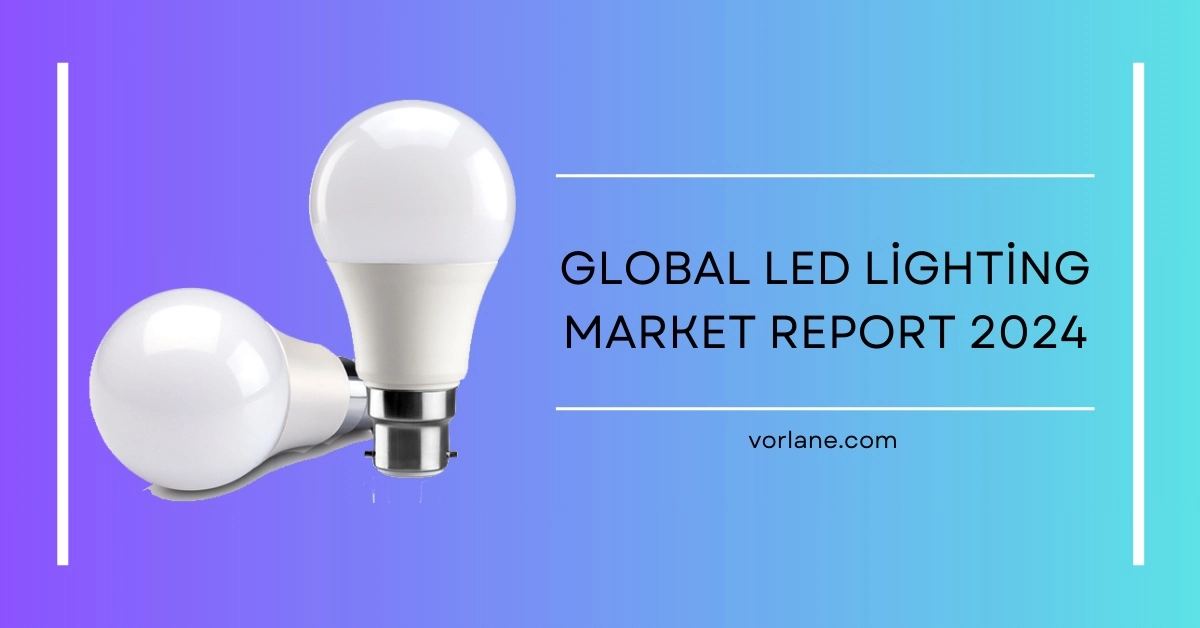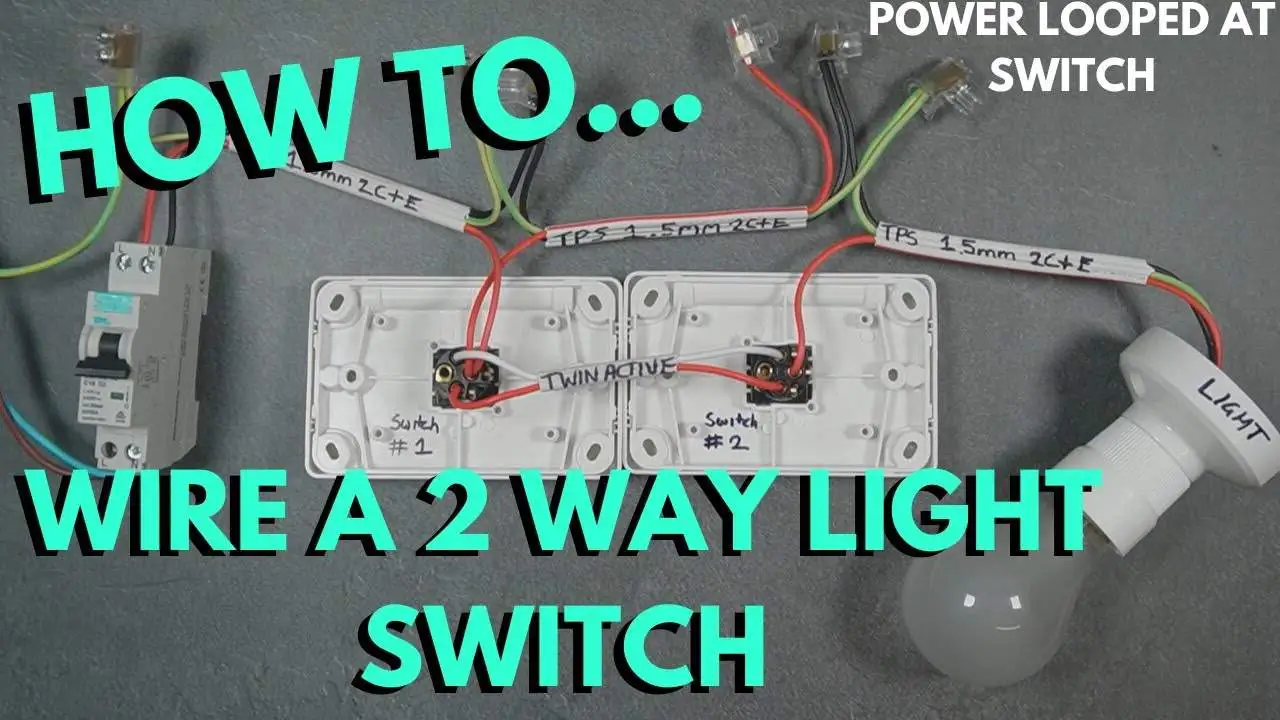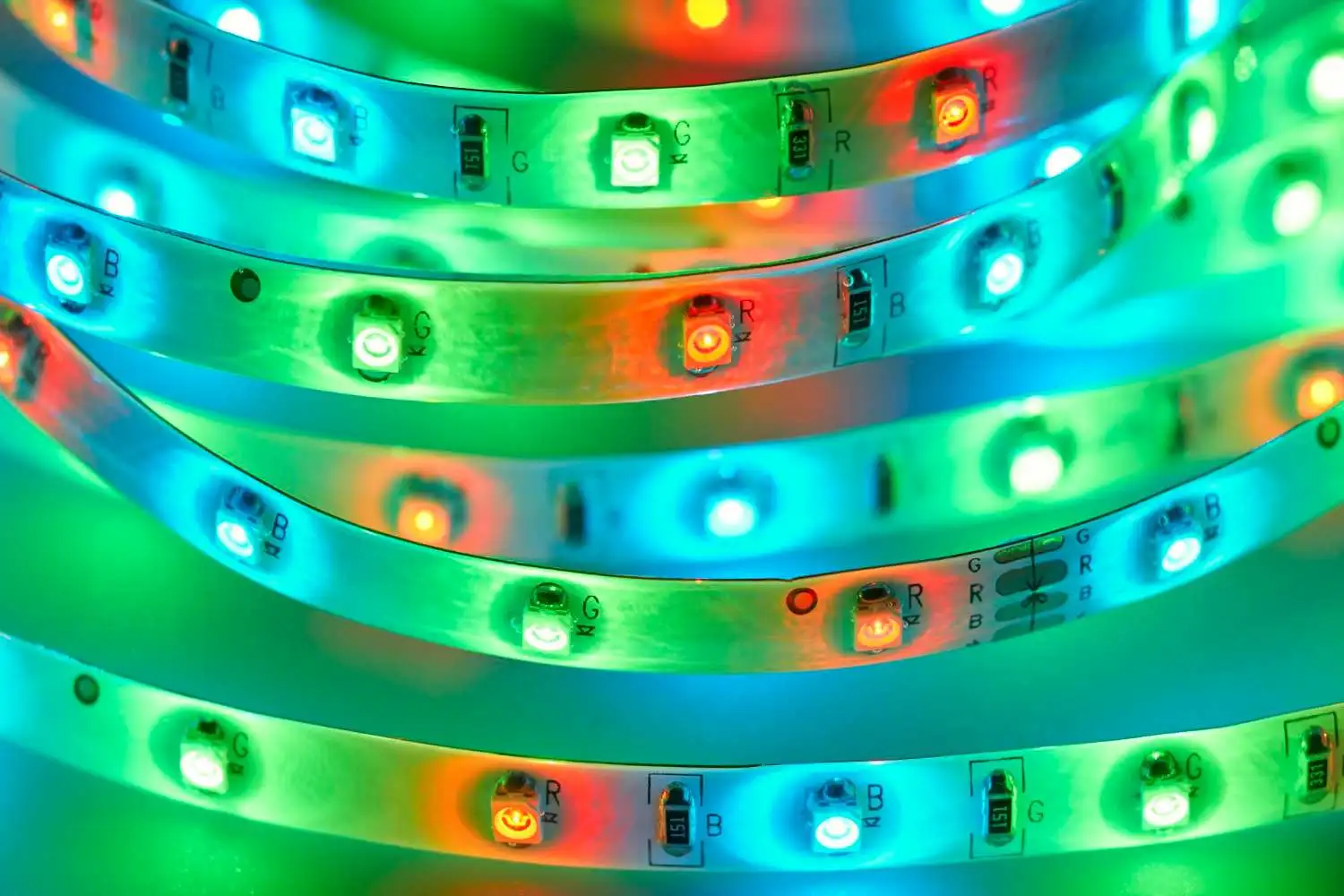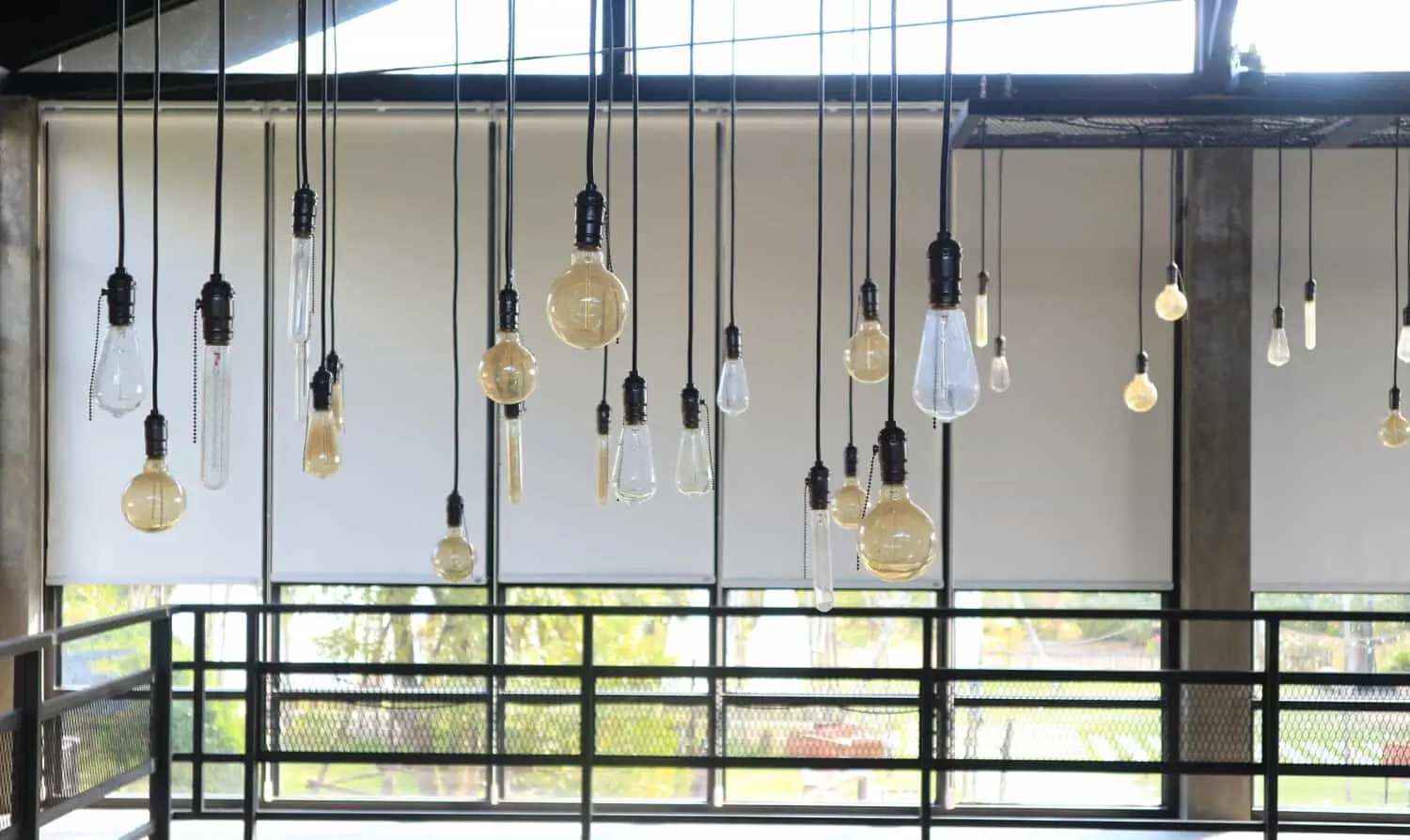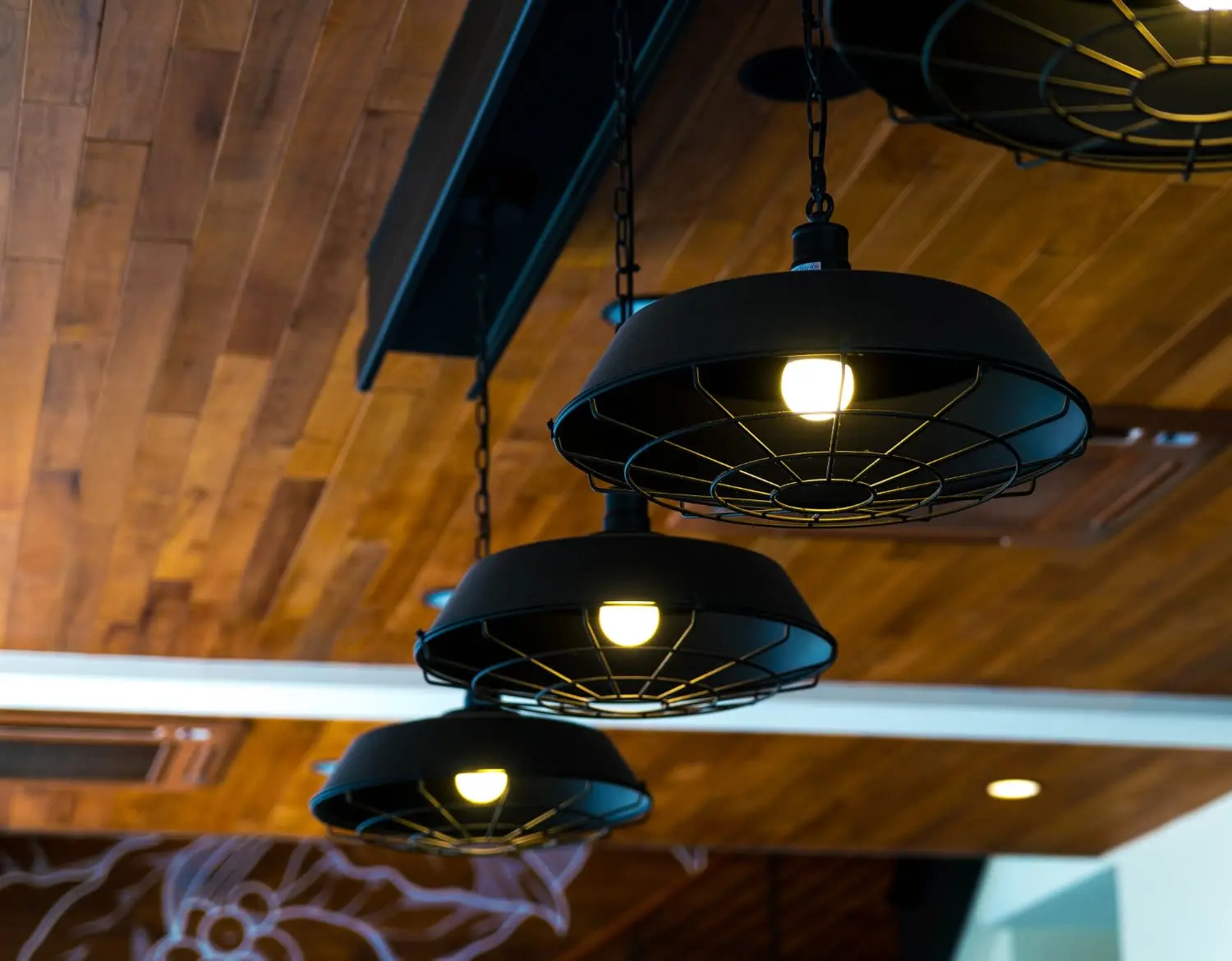LED lights come in different shapes and sizes- from bulbs to tubes to panel lights; they are available in a wide range of options. When talking about LED lights, it’s impossible not to think of LED strip lights. These lights have gained immense popularity in residential and commercial spaces – mood lighting and decorative settings are amplified with these strip lights. One can find a variety of smart LED strip light ideas for their residential space so that decoration becomes easier and more creative.
But what is LED strip light, and how can you choose the right type for your business? Confused about the different options available? Worry not. This LED strip light guide will help every type of buyer!
What are LED Strip Lights?
LED strip lights consist of a narrow strip of several LED light emitters embedded in a narrow circuit board. This board is flexible and long, thus enabling it to be adjusted and used even in narrow and congested spaces easily. Sometimes, these circuits come with emitters that can change color or are of different colors.
Custom size LED strips can be used for different purposes including architectural lighting, residential decorations, commercial lighting, etc. Primary characteristics of LED strip lights include flexibility, ease of use, adaptability, optimum operation in low AC-DC conditions, and a large variety of options.
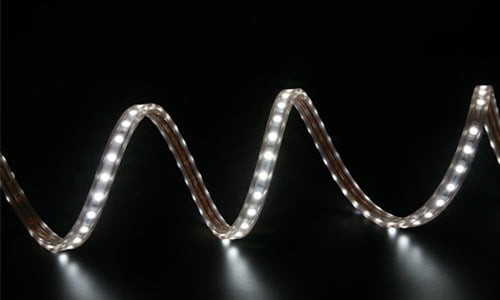
These strips can be cut to whatever length the user wants. Mostly, the LED strips are covered with adhesive in the back so that they can be stuck on any surface without much hassle. Cost-effective and easy to use, LED strip lights are the perfect choice for high-tech commercial, industrial, and residential decorative lighting options.
Types of LED Strip Lights
Buyers can find a variety of LED strip lights based on their size, brightness, type, usage, and so many more bases. It is crucial to choose the right type of LED strip lights for the right occasion – for example, a COB LED strip IP65 often comes with waterproof protection, thus making it the perfect choice for underwater lighting.
Here are the four most popular types of LED strip lights employed across various settings.
- COB LED Strip Lights
COB means Chip on Board – this refers to the technology incorporated in the production of these lights. The LED chips are included directly in the circuit board. This technology allows more LEDs to be mounted in a strip compared to SMD strip lights.
The advantage of COB LED strip lights is that they emit less heat while presenting a seamless effect. Also, these strips can be employed in a variety of environments – a waterproof COB LED strip of IP65 rating is an excellent choice for underwater lighting in pools. These lights offer no visible spotting and are, therefore, suitable even in professional settings.
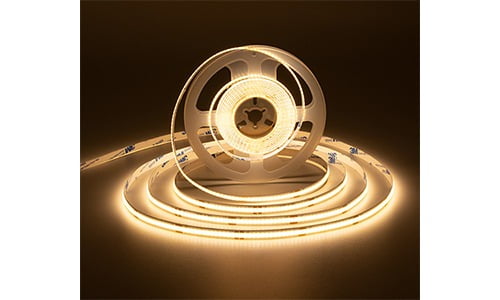
As COB strip lights emit less heat, they have more efficiency, which in turn leads to a longer life. These strips are available in different Lumens ranging from 900 Lumens to 2500 Lumens.
- SMD LED Strip Lights
An SMD LED strip light refers to the Surface Mount Device (SMD), the diodes that are mounted using the surface-mount technology. In this type, the LED is mounted first, and then it is fixed on the PCB board by using reflow soldering. These appear in chip-shaped packages.
While it might seem that COB strip lights and SMD LED strip lights are similar, there are many differences in their properties, including efficiency. SMD strip lights produce a wider beam compared to traditional LEDs, and they have more luminous flux in smaller dimensions.
SMD diodes appear in certain standard sizes, including 5630, 5050, etc. These numbers and codes may indicate the physical dimension of the chips, output lumens, and power consumption.
- White LED Strip Lights
LED strip lights appear in various colors, and white is one of them. Although, there are different shades of white when it comes to LED strips – cool white, neutral white, and warm white. Each shade has its own ambiance, and it is important to choose the right shade of white according to the environment.
For example, warm white can be perfect for soft lighting in commercial and residential spaces, as it offers a buttery yellow glow. Neutral white lighting shows other colors as they are, so these can be installed in places where there is a need to perceive things in their true shade.
Cool white is preferred for commercial and industrial settings – in places like garages, factories, salons, laboratories, etc, cool white is a perfect choice. Cool white usually has a bluish hue and is suited for practical applications.
- RGB LED Strip Lights
For a lively and colorful display, RGB LED strip lights are a perfect choice. These can display a wide range of colors in the red-green-blue combination, except for white. If one needs both RGB options and white LED strips, then RGBW can be the best choice. Also, one can consider an LED strip RGB CCT (Correlated Color Temperature) for more color options that include white.
Numerous RGB diodes are mounted on a strip in an RGB LED strip. These strips can be controlled by using several different options including smart controllers and DMX controllers. The fine-tuning of the exact colors one needs in an RGB strip can be adjusted only with the right controller.
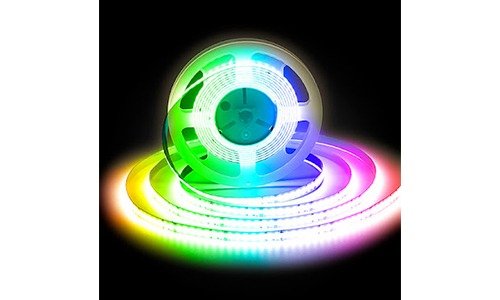
RGB LED strip lights manufacturers like Vorlane specialize in producing high-quality strip lights that are ideal for many occasions. These color-changing lights are reliable and energy-efficient as they are capable of emitting a broad array of colors.
LED Strip Light Sizes: Width & Length
Different buyers need LED strip lights of various lengths and widths – the apt width and length of a LED strip ensure a perfect fit and the prevention of unwanted electricity wastage. So, it’s important that one knows about LED strip size before purchasing a bulk quantity from a LED strip lighting factory.
LED Strip Light Length
The length of a strip of LED lights depends on its voltage. When the strip exceeds a certain length, the voltage drops and the brightness of the lights does not remain stable. Here is a small list of LED strip light length for different types of LED strip lights.
- 12V DC LED strips – the longest length is 16ft (5 meters).
- 24V DC LED strips – the longest length is 32ft (10 meters).
- 24V Constant Current (CC) LED Strips – the longest length is 65ft (20 meters).
- 120V LED Strips – the maximum length is 164ft (50 meters).
- 24V RGB & RGBW strips – the maximum run lengths are 23ft (7 meters).
- 24V RGBCC & RGBWCC strips – the maximum run length is 50ft (20 meters).
If the buyer needs a shorter LED strip light size in particular situations, they can cut the bugger strip without damaging its quality. This can be done by cutting these strips in the places that are specifically marked. This is because the lines indicate the end of a circuit, and by detaching there, the pieces of the LED strip will still continue to function.
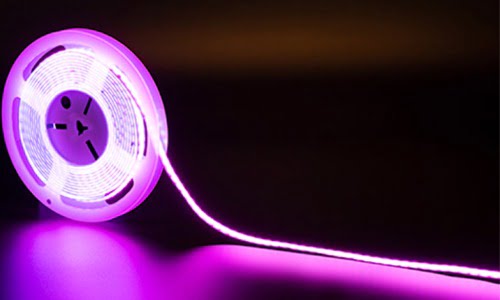
LED Strip Light Width
It is a known fact that several types of LED strips vary in their characteristics like brightness, color, lumens emittance, etc. The same goes for LED strip light width – these strips are manufactured in different widths and they vary for each type of strip.
The common widths that are manufactured by LED strip light manufacturers are – 8mm, 10mm, and 12mm. Buyers should be very careful while choosing the right LED strips for them that have the correct width. If the width of the LED strip is not as per the wish of the user or the buyer, then it might not be suitable for certain situations.
While installing LED strips on a plain or smooth surface of a bigger surface, the width of the strip will not be a big factor. But, when the strips are to be installed in critical spaces like the edge of a board, the width will be a deciding factor in the adaptability of the strip.
LED Strip Light Lumens/Brightness
The density of the number of LEDs present in a given length of LED strip determines the brightness of the said strip. Bulk purchasers of LED strip lights need to factor in the LED density of the strip, i.e., the number of LEDs per meter, foot, or yard.
The brightness of LEDs is measured in a unit called Lumens. The brightness of a LED strip is usually measured in lumens per foot or meter. In industrial settings, it is usually recommended that a buyer chooses LED strips with a minimum brightness of 450 lumens per foot. For ambiance and mood lighting, one cap opts for LED strips with a brightness of 200 lumens per foot.
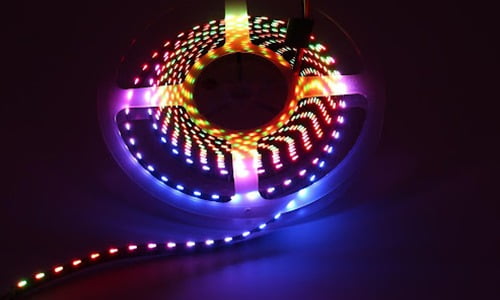
The brightness of LED strip lights is based on several factors, including:
- Light output and efficiency per LED emitter
- The number of LEDs per foot
- The power draw of the LED strip per foot
Here is an LED strip light lumens chart to depict how LED strip lights are far better than other traditional options.
| Lumens | Incandescent | LED |
| 2600 lm | 150 W | 25 – 28 W |
| 1600 lm | 100 W | 16 – 20 W |
| 1100 lm | 75 W | 9 – 13 W |
| 800 lm | 60 W | 8 -12 W |
| 450 lm | 40 W | 6 – 9 W |
What is CCT in LED Strip Lights?
LED strip lights appear in different colors, but the color white can be seen used often in ambiance lighting. It is important here to notice that different shades of white are produced because of different temperature settings in the LED strip, and this is where the CCT technology comes in.
CCT means Correlated Color Temperature – this is the indicator that signals the shades of white an LED strip can produce. It is measured in Kelvin (K). The correlation between the temperature and the shade of white can be understood very simply – the lower the Kelvin, the warmer the tone, and vice versa. Warmer tones lean towards yellowish hues, whereas colder shades are nearer to bluish tones.
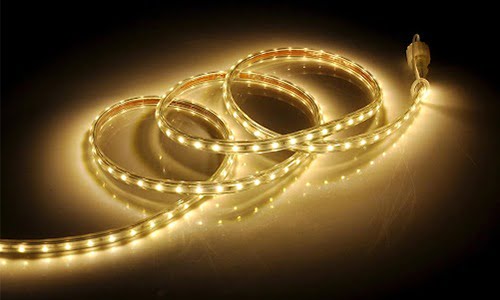
Even if the temperature of the LED strip light changes, the brightness and the intensity of the light will remain the same. These strips work with the help of SMD chips and controllers. The average range of temperature in a LED strip light CCT is from 2,700K to 6,500K.
Here is a table depicting the temperature ranges and their corresponding color tones for CCT LED strips.
| Temperature Range | Tone of White |
| 2,000K – 3,500K | Neutral tones, i.e., normal white |
| 3,500K – 5,100K | Cold tones, i.e., blueish |
| <5,100K | Cold tones, i.e, blueish |
Before purchasing CCT LED strip lights, there are a few considerations a buyer should make:
- Application – Generally, in residential and mood lighting, people opt for warm lighting options. For formal and industrial uses, a clearer tone of white is preferred. So, the buyer should be well informed of the choice they are making. In situations like these, one can also consider dual-white LED CCT strips that offer the option of switching temperatures.
- Brightness – The brightness of LED strips is the same for any tone of color, but their quality might differ because of the difference in wavelengths. To make informed choices about bright and dim lighting options, it is advised to refer to a lumens chart.
- Heat Emission – As the temperature settings in CCT LED strips are altered, the chances of frequent overheating also increase. It is common knowledge that overheating leads to the malfunction of LED strip lights. To avoid this, one should procure an LED strip light supply from a reputed outdoor LED strip light factory like Vorlane.
What is CRI in LED Strip Lights?
It is easy to confuse CCT and CRI as they are both related to the color of the LED strip lights. CRI stands for Color Rendering Index, and it is a measurement used for calculating the accuracy of a light source in terms of the reproduction of colors. The CRI rating determines how the LED strips depict the object under them, i.e., how good they are in reproducing the original colors of the objects.
When the light source is bright and accurate, it will be easy to pick out peculiar shades and hues without much difficulty. This is where the CRI of LED strip lights comes in. These strips are installed in commercial environments like retail cloth stores, where the color of the products plays a crucial role in swaying customers’ minds.
So, accurate light sources will play a crucial role in several settings, including in situations like a makeup room or a trial room. When the lighting is accurate and bright, it helps people to find subtle differences and correct any possible mistakes. LED strip lights generally have a higher CRI rating compared to halogen or CFL lamps, but it is still important to go for lights that have a higher CRI.
In general, it is advised to go for LED strip lights with a CRI rating of around 85. In cases of retail and high-end architectural and professional lighting, it is better to ppt for LED strip lights with a CRI of more than 90. The higher the CRI, the better will be the accuracy of colors in an environment.
Advantages of LED Strip Lights
Compared to other options, LED strip lights boast a wide range of advantages that make them the preferred choice among bulk purchasers and wholesalers.
- Flexibility
It is really easy to find a whole lot of different types of LED strip lights that are suited for different environments and applications. Also, these strips come in a variety of colors and color combinations, making it easy for buyers to choose the right ones.
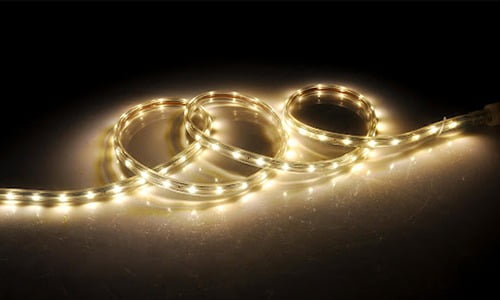
Also, there are fixed and variable LED strip lights – the fixed ones emit only one color whereas the variable ones emit different colors in the combination of RGB. These strips are easy to handle and can be cut as per the user’s requirements without much hassle.
- Versatile Application
Indoor, outdoor, industrial, and residential – LED strip lights can be employed anywhere if a person knows how to do it right. From mood lighting in restaurants to clinical lighting in laboratories, LED strip lights can be used in many professional and personal settings with great success.
With some smart LED strip light ideas, one can transform any residential space into a humble abode or a party floor. It all depends on the user’s creativity and what the situation requires.
- Ease of Installation
LED strip lights are very easy to install – most of the LED strips come with double-sided adhesive attached to their backs, thus making it easy to mount them on any surface. As these strips are narrow and flexible, it is easy to bend them and fit them in any nook and corner.
Some considerations a buyer should make before buying LED strip lights include the flexibility, durability, and requirements of the strips.
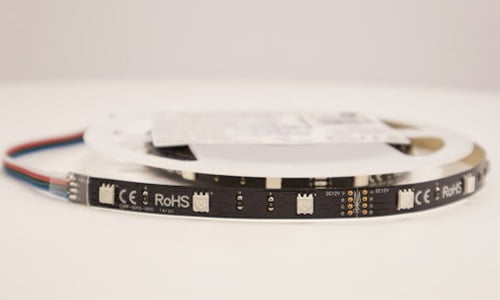
- Energy Saving
LEDs are widely employed because of their energy-efficient quality – these lights consume up to 90% less energy and last up to 25 times longer than traditional incandescent bulbs, says the US Department of Energy. Installing LED strip lights in place of the usual tubes can help everyone in saving energy as well as money.
- Less Heat Generation
Another crucial advantage that LED strip lights pose over traditional incandescent lighting options is their lesser generation of heat. In emergency situations, anyone can handle a LED strip light because these lights will not heat up like a usual bulb. Lesser heat also means that the overall heat that reaches the atmosphere is significantly reduced, which is good for the environment.
- Longer Lifespan and Cost-effective
LED lights are known for their long life span – it is estimated that some lights last around 30,000 to 40,000 hours. Also, when LED lights age, they do not go out all of a sudden – instead, they dim over an extended period, and the dimming is almost not recognizable for months.
Not only are LED strip lights affordable, but they also consume less energy than fluorescent and halogen lights. This means that LED lights also save money in terms of electric bills over the years.
- Environment-friendly
The longer life span of LED lights is in itself a sign of an environmentally-friendly product. As these lights can be used for a long time, they do not need frequent replacements, thus reducing waste. It is also important to note that LED strip lights produce very minimal heat, and are crucial in contributing lesser heat to the atmosphere.
- Brightness Adjustability
The brightness of LED strip lights can be adjusted as per the user’s need with the help of remote controllers. This characteristic of the LED strip lights makes it a suitable choice for mood lighting. This quality also enables the user to dim the lights whenever they need it – it also reduces energy consumption.
Applications of LED Strip Lights
LED strip lights are employed in both indoor and outdoor environments. These lights find a myriad of applications in different settings and environments because of their flexibility and versatility.
Indoor Applications
- Residential – In residential spaces, mood and ambiance lighting can be perfectly arranged with the help of the right type of LED strip lights. By decorating cabinets, dressing tables, etc., one can create a particular mood in an indoor residential space.
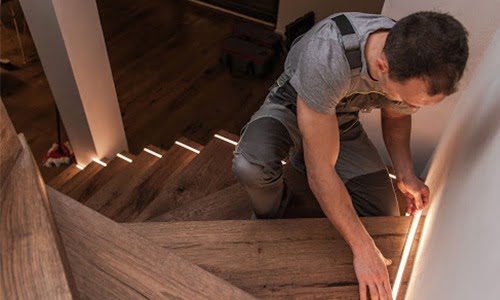
- Commercial – Commercial environments like retail shops, salons, etc., all require pristine lighting to improve their appeal. LED strip lights are the best option here for emphasizing the uniqueness of the space. Hotels, cafes, bars, and restaurants also benefit greatly from LED strip lights and mood lighting.
- Industrial – Indoor industrial spaces like laboratories, offices, garages, etc., require adequate bright lighting. This is easily delivered by LED strip lights.
Outdoor Applications
- Residential – When it comes to decorating the outside of residential space in soft shades, LED strip lights get the job done perfectly.
- Commercial – Be it placing catchy signs or elegant designs, these can be perfectly achieved by the use of LED strip lights. Also, using these lights in outdoor commercial spaces is a great strategy because LED strip lights can be spotted from a long distance. After all, the light is transmitted in a straight line.
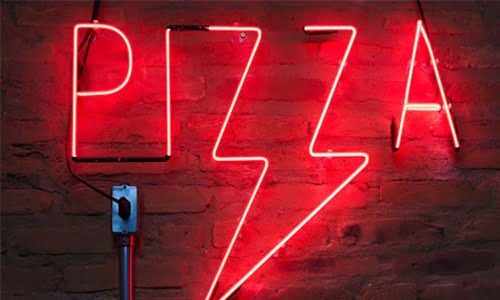
- Industrial – Industrial lightings in outdoor spaces consist of LED strip lights because they require high brightness lighting options. They are employed in signage and advertising, Cove lighting, and other exterior elements.
Consideration when Buying LED Strip Lights
With the increased usage of LED strip lights across different environments, it becomes important to point out the several considerations different types of buyers need to make before they purchase bulk orders of these lights.
For Individual Buyers
- Location – As an individual buyer, it becomes crucial to consider the location in which the LED strip lights are about to be put to use. The type of light one needs to purchase depends on the location, the environmental damages that occur in the location, where it will be installed, and how many feet of strip light the buyer needs.
- Size – The next thing to consider is the LED strip size – the length and width of the strip lights needed and how they will be installed.
- Custom-made – Some individual buyers require custom-made designs that fit their particular requirements. So, before a buyer settles for an option, they should look into the type of LED strip light supply a manufacturer can offer.
- Aesthetic – Another important consideration, buyers need to think of the aesthetic or effect they wish to achieve through these lights. There are so many options – accent lighting, perimeter lighting, specialty lighting, etc., and the buyer should be clear on what type of lighting they wish to achieve.

For Professional Buyers
- Budget – Professional buyers should always factor their budget into the formula before approaching any manufacturers. Opting for cost-effective yet quality suppliers like Vorlane can help bulk purchasers to handle their budgets well.
- IP Rating Certification – Buyers should be sure whether they are purchasing LED strip lights only from a certified manufacturer. The buyer should ask the manufacturer to produce certifications related to industry standards for ensuring the credibility of the factory.
- Material Quality – It is not just the quality of the LED strips that matter but also the quality of the raw materials that were used in the production of these strips.
- Lead Time – Bulk purchasers should look out for manufacturers who have a faster turnaround period – this will help in the faster completion of orders, and quicker and safe delivery too.
- Warranty – Purchasers need to look for a standard warranty period for the LED strip lights they make.
- Assistance – The manufacturer should be willing to provide post-delivery assistance with installation and other related services.
Solving the Puzzle: LED Strip Light Hiccups
Flickering Lights
Ever noticed your LED strip lights flickering like a shy star? Often, it’s just a loose connection or a power supply playing tricks. A quick check and tightening might just be the fix you need.
Uneven Brightness
Walking down your LED-lit hallway shouldn’t feel like a light show. If brightness levels drop, you might be stretching your strip too far from its power source. Consider a power boost or shorter runs to keep the glow even.
Color Inconsistencies
Mixed-up colors across your LED strips? It could be a mismatch in batches or settings gone wild. Double-check your strips are from the same family and tweak those controller settings for harmony in hues.
Adhesive Failure
When your LED strips start drooping like willow branches, it’s often down to a dirty surface or the wrong temperature. A clean, dry surface and a bit of extra support can keep your lights up and shine.
Dead Sections: Encountering a dead zone in your LED paradise? Damage or moisture might be the culprits. Inspect for cuts or watermarks and consider waterproof options for areas prone to dampness.
Navigating these common LED strip light issues doesn’t have to dim your spirits. With a bit of troubleshooting, your lights will be back to brightening your space in no time.
Conclusion
This LED strip light guide touches upon all the topics related to these strip lights and their different types. LED strip lights are versatile and perfect for many settings. These lights also boast many advantages over traditional options like fluorescent lights. Different types of LED strip lights are used in various situations. A buyer should consider several factors before opting for a particular type of LED light. For custom-made, high-quality LED strip lights, buyers can contact the best RGB LED strip light supplier in China, Vorlane.

